
 Do you struggle with getting journal ideas or adding images to your journals?
Do you struggle with getting journal ideas or adding images to your journals?Have you tried using collage techniques?
A simple receipt or picture next to your journal entry can enrich your work. Not just visually. Images help you dig deeper into your intended meaning.
Think about holding a ticket stub from the last movie, concert, or sporting event you attended. Immediately, your mind conjures up images of who you were with, where you were and all sights, sounds, scents, and emotions connected to the event.
Now, imagine embedding those descriptive words in your journal entry!
The written word is beautiful by itself.
However, collaging items near, around, under, or on top of your words can push your words and meaning to a new level.
Collage can help you:
- dig deeper into your intended meaning,
- expand on your word choices
- or even playfully twist the meaning of your words altogether.
- As a bonus, collages can add a special visual appeal.
So, what is collage?
In the early 20th century, artists Georges Braque and Pablo Picasso began adding non-traditional paper and objects to their canvases. They named the technique collage from the French word, coller, which means “to glue”.
Collaging for your journals simply means adding separate flat items or pieces of paper (papier collé) to your pages to enhance a message, support text, or help create a whole new mental and visual image.
Dig in your desk or junk drawer for those little mementos you held on to.
For journals, collage items include pieces of ephemera (impermanent items) like paper, magazine or newspaper clippings, photographs, stickers, and ticket stubs to illustrate or enhance text.

If your journal page theme is pretty intense or emotional, even pieces of colored paper will trigger memories or symbolize your feelings.
Fabric, feathers, and ribbon can be glued to your journal page but consider the thickness. If your choices are too thick, the extra treasures could mess with how your journal closes or affect your ability to write on all pages.
During the design planning process and the collecting and trimming stages of collage, you're creatively drawn through analyzing your thoughts. The words and additional parts to your journal entry will naturally emerge.
Where do I get papers to collage?
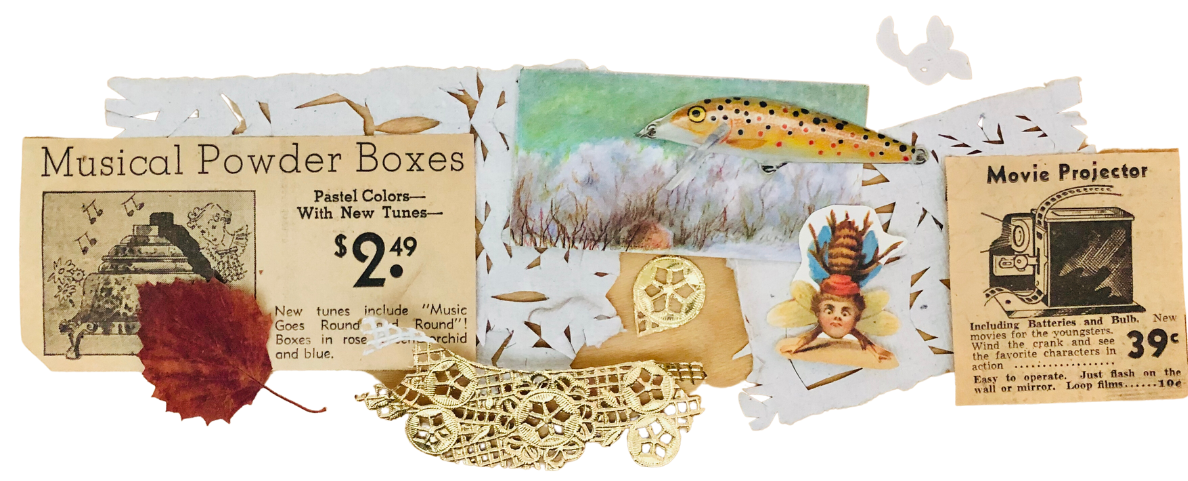
We're always scouting!
- Old dictionaries and discarded books for their pictures and, of course, the words.
- Maps, brochures, magazines, and catalogs. They’re all fun.
- Try to include your own sketches, photos, and notebook pages for a more personal touch and to avoid copyright issues.
- Flow charts, graphs, music scores, accounting sheets, formula notes, poems or quotes from books, and diagrams work, too!
- We keep labeled envelopes to group themed items for future projects.
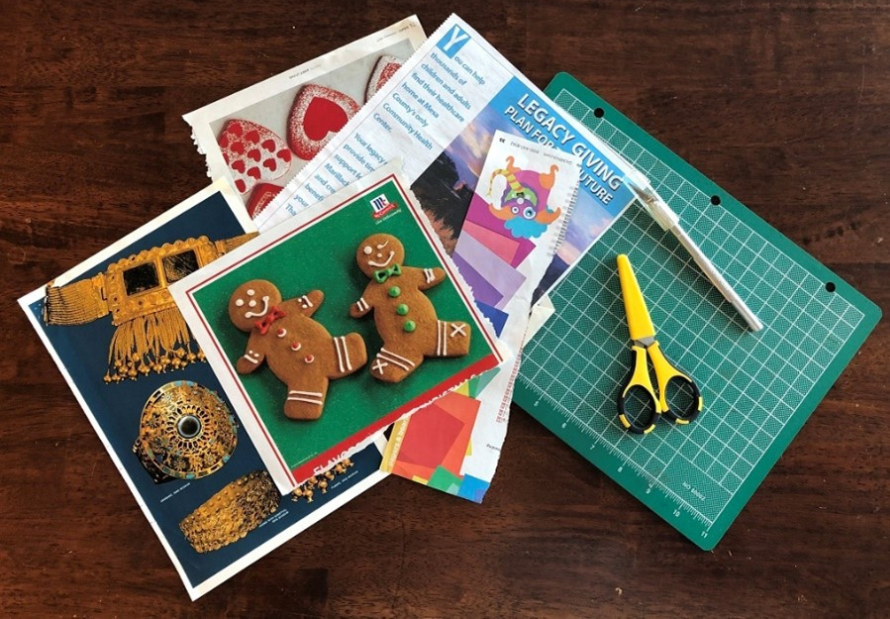
So, how do you start a collaged journal page?
You can start with either collecting ephemera or writing. Collage provides the freedom for you to switch back and forth between writing and adding new images as your ideas develop.
I often begin with a theme in mind and gather everything I might need.
When working with magazine pages, trim unnecessary distracting edges or unattractive backgrounds from the images. Do this to all the pieces you plan to include before you begin playing with the layout.

Listen to your gut when you’re playing with the design layout.
Where does an image feel like it needs to be placed? What should touch or overlap? Are things balanced? Do they flow around your text? What message does the placement send?
How and when do you attach the pieces of paper?
You have several options. Tape (exposed or double stick), glue stick or smudges of liquid glue, rubber cement, or accessories like photo corners. (See Rev up your Journal with these Collage Supplies & Materials for full details)
When do you add your writing?
I recommend adding words as they come to you! I like my pages to be interactive.
I also keep a scratch paper or separate journal page handy. Write down thoughts or phrases you don’t want to lose but that isn’t quite ready to add.
You'll start noticing how many phrases, quotes, titles, names, and reminders will pop into your head as you’re working. It will flow like you've opened a floodgate so have a journal page ready to write!
Don’t worry if the images and words are an exact fit. There’s a reason the idea came to you.

*Warning: This method can be very fun, powerful, and addicting!
Don't be surprised if you need to start a new journal page just for ideas or end up with enough images and ephemera pieces for several more journal page ideas.
Journaling in and around my collaged papers and artwork has led me to more than one series of journal pages including a 52-week epistolary journal series called, "Letters to Mary." You'll see more of the "Letters to Mary" as we continue adding to our posts.
So, get your journal ready, gather a few art supplies and ephemera, and let the fun begin!
Need more ideas for supplies to gather? "Collage Supplies Sure to Inspire Your Journal Entries" has several lists including ephemera, miscellaneous suggestions, tools, adhesives, etc. just waiting to inspire you!
Want to know why we encourage you to nurture your creative side? Check out, "Creativity, Make It Your Priority." NOW!
Remember to reach out with questions or post ideas. and watch for our upcoming classes.
Do you have ideas for ephemera that you might use for your next collage?
We’d love to hear your ideas. Please share in the comments below.
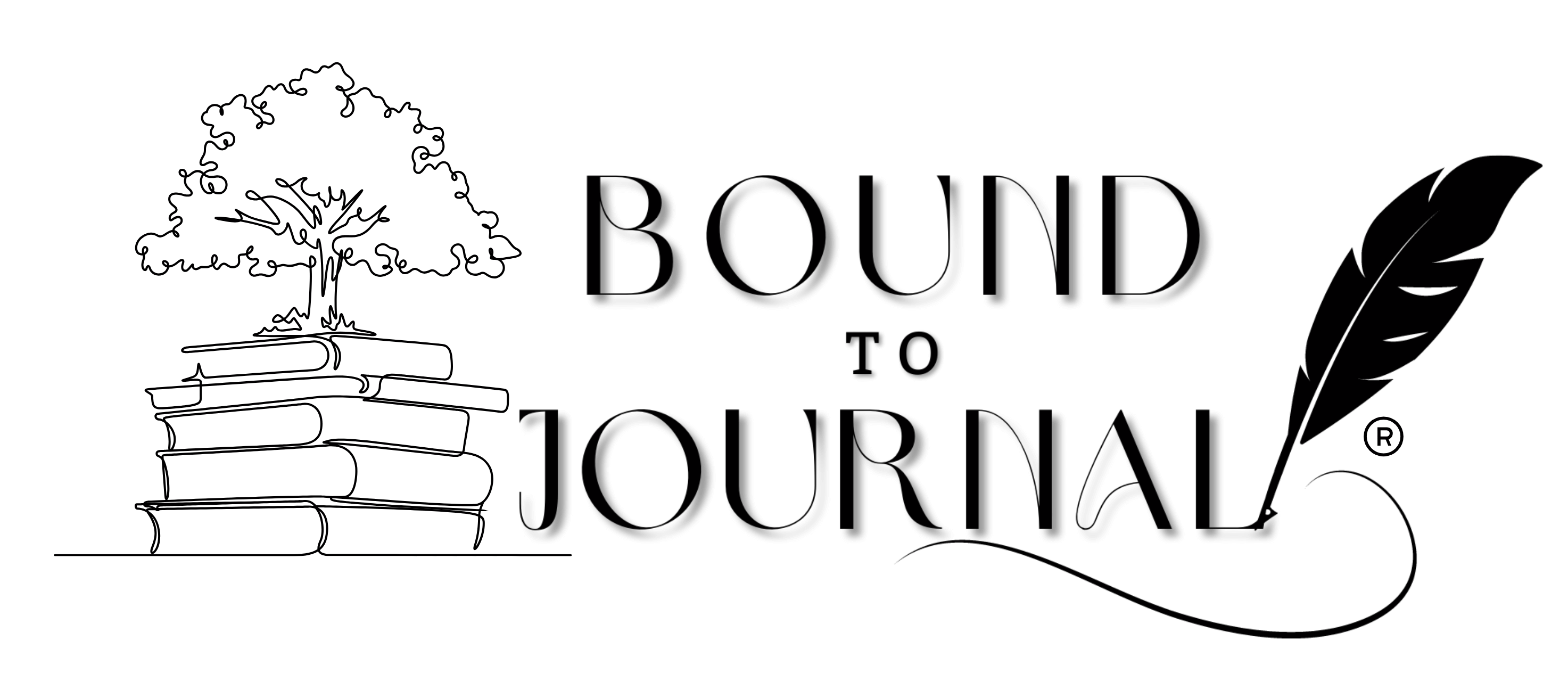

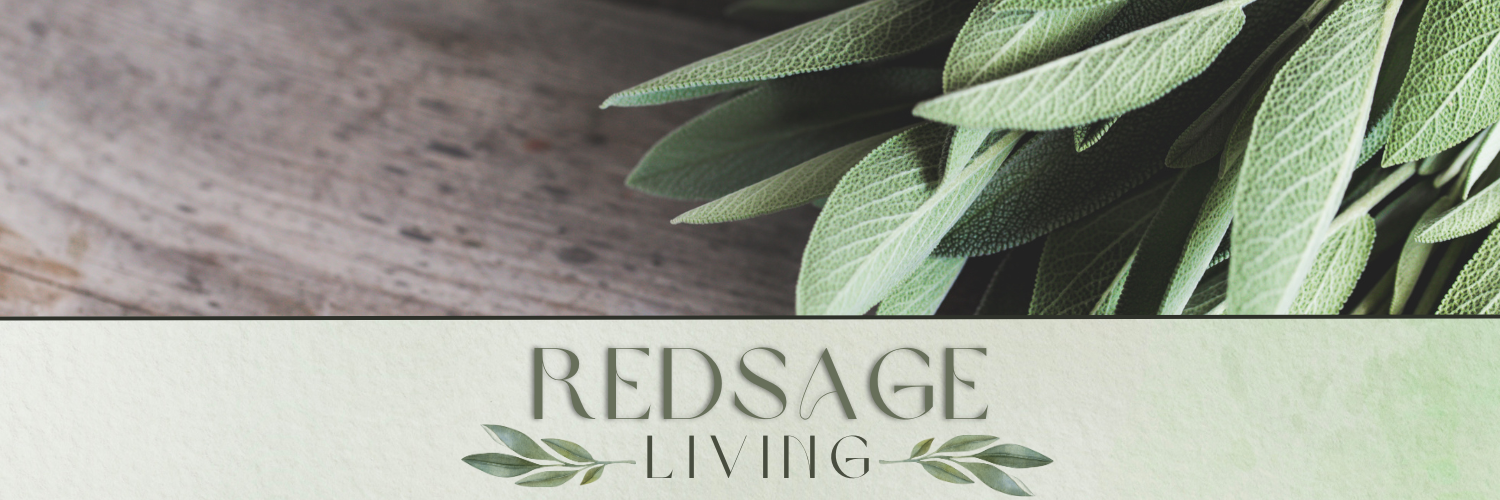


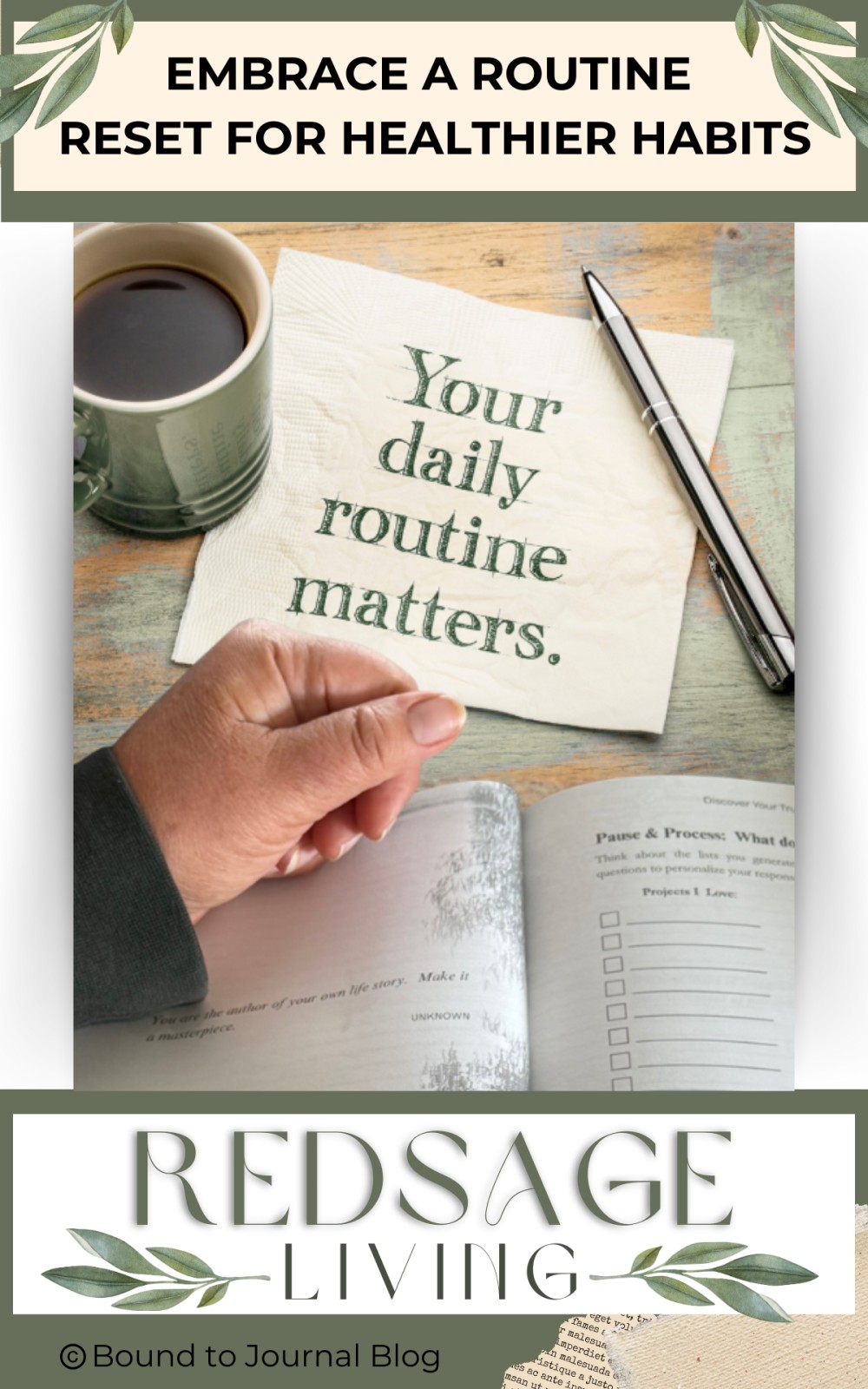






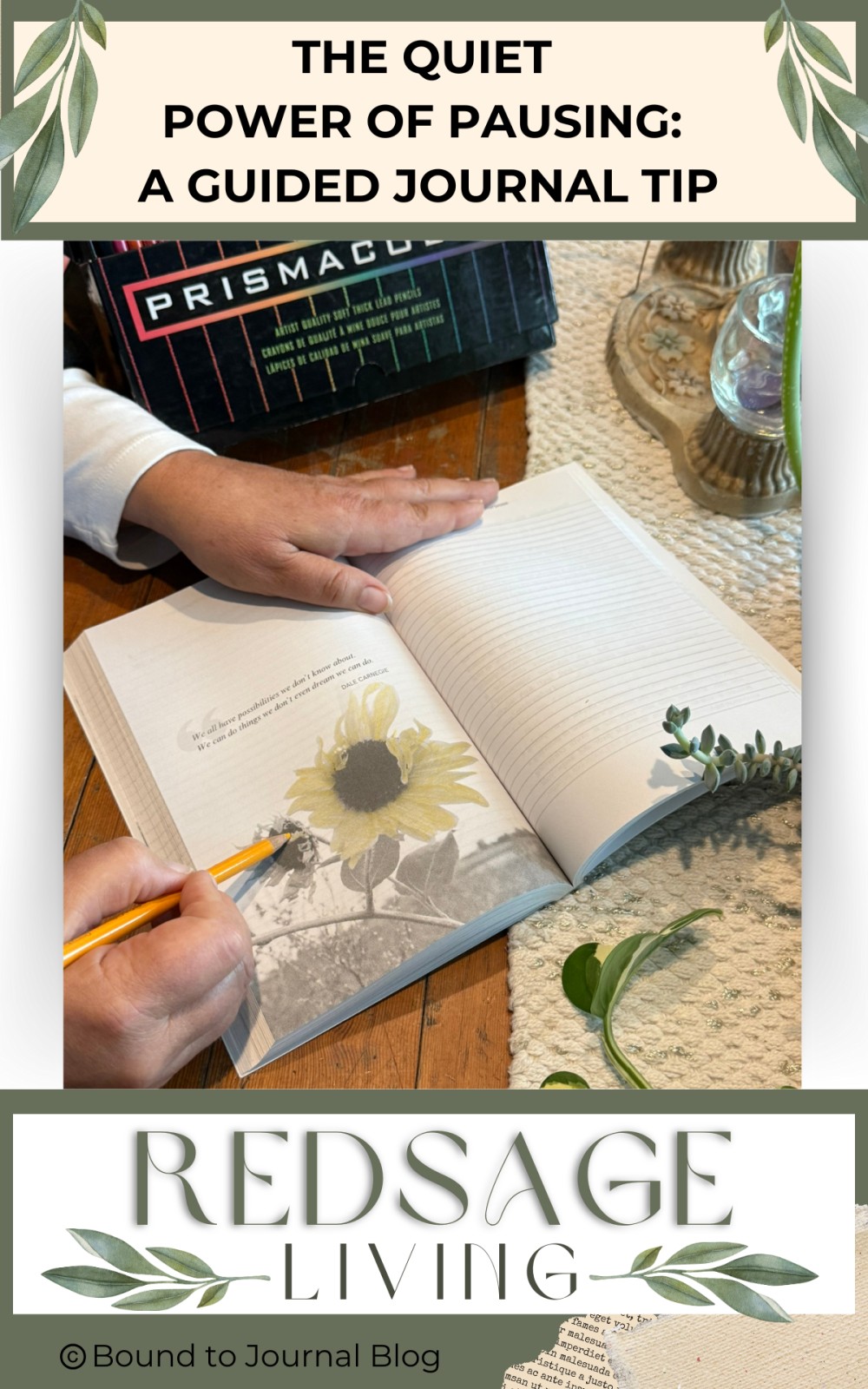
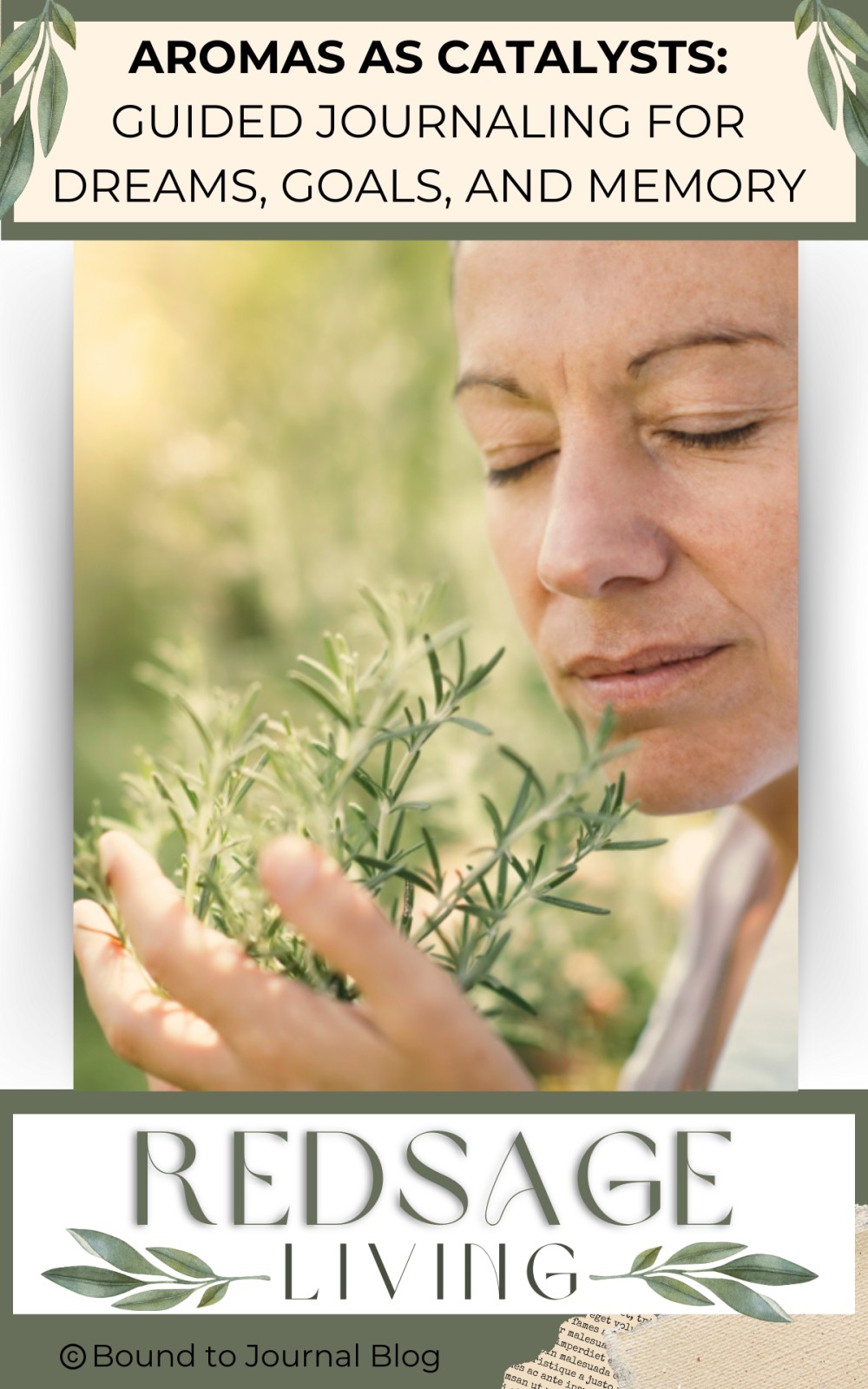
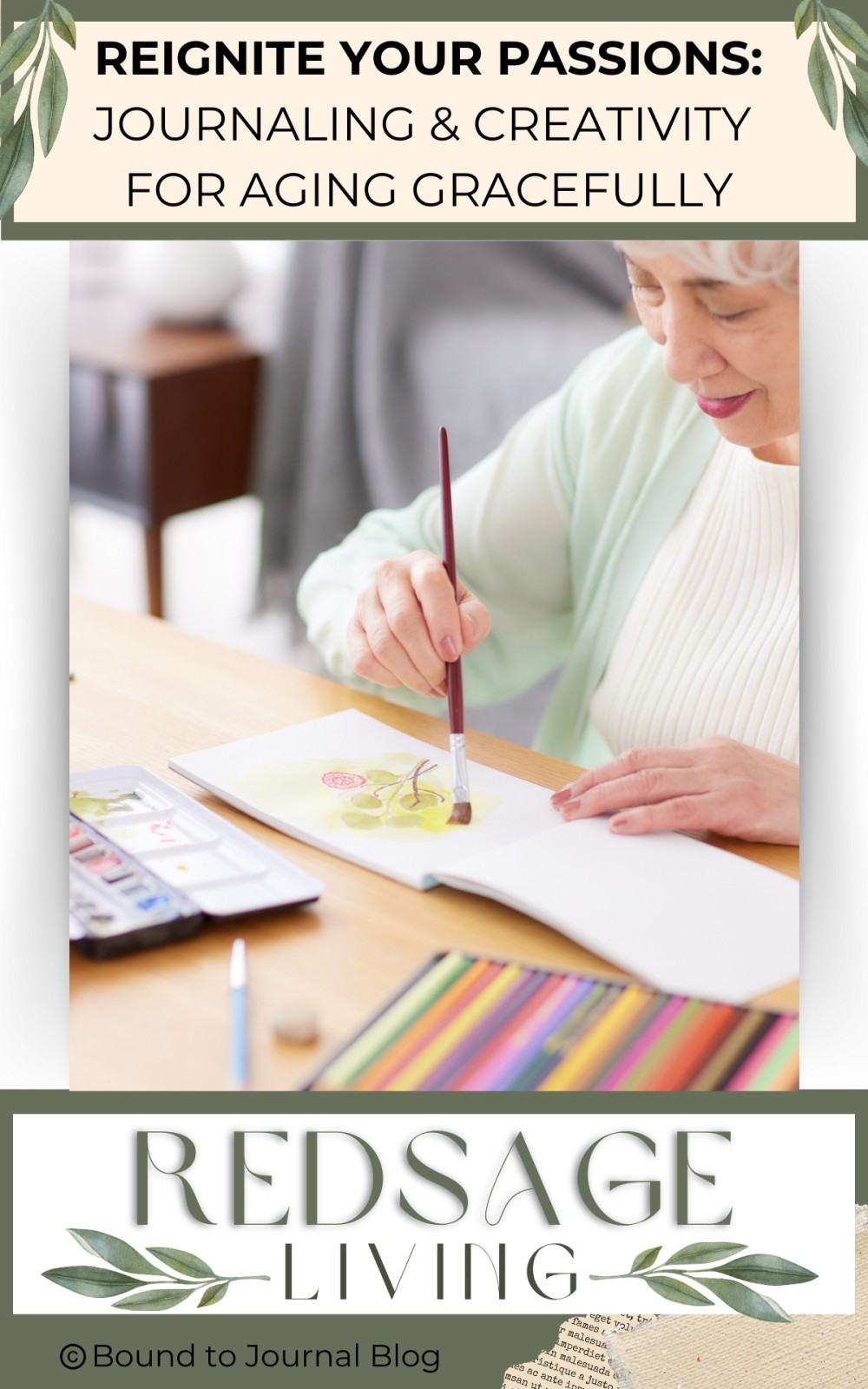
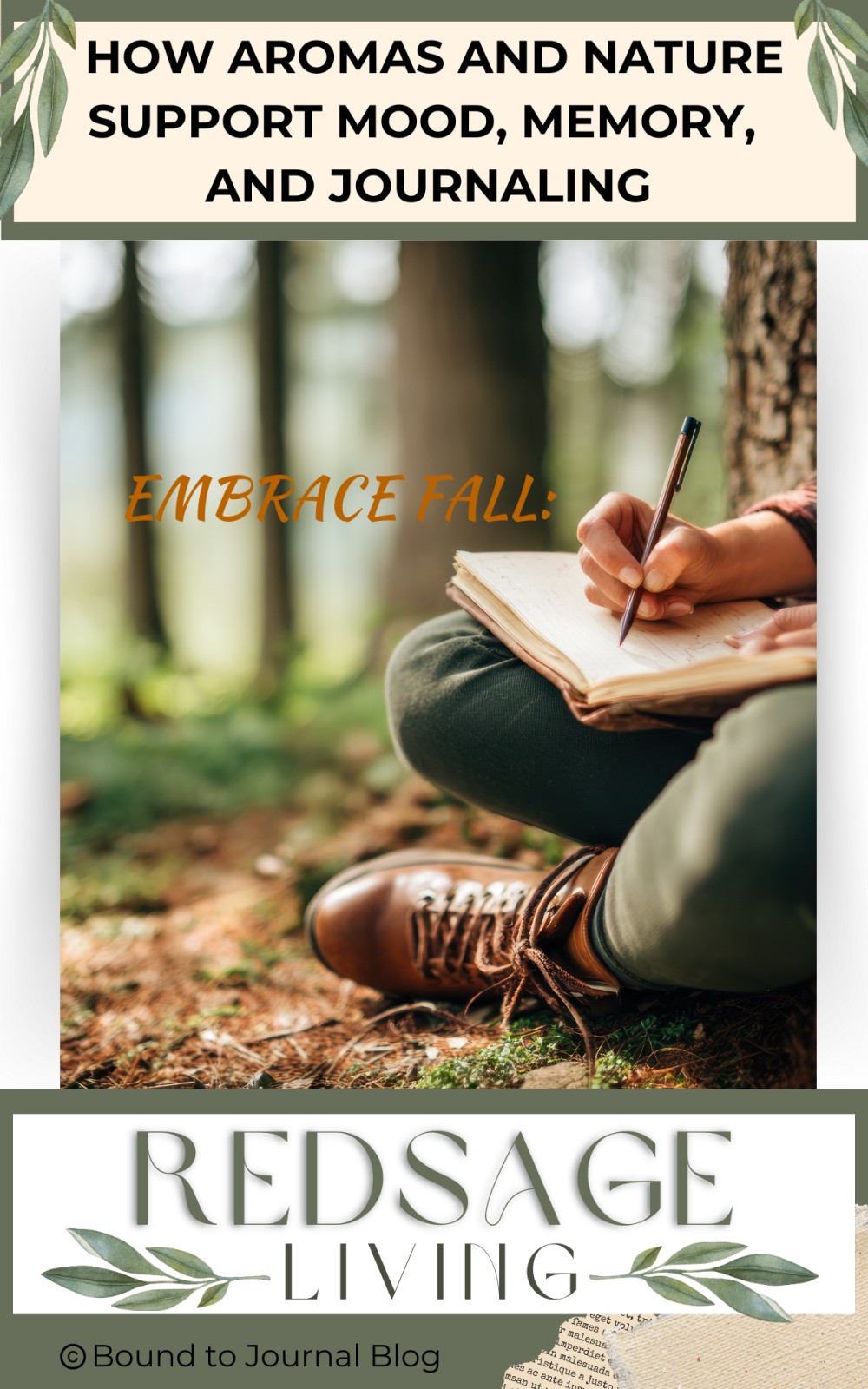
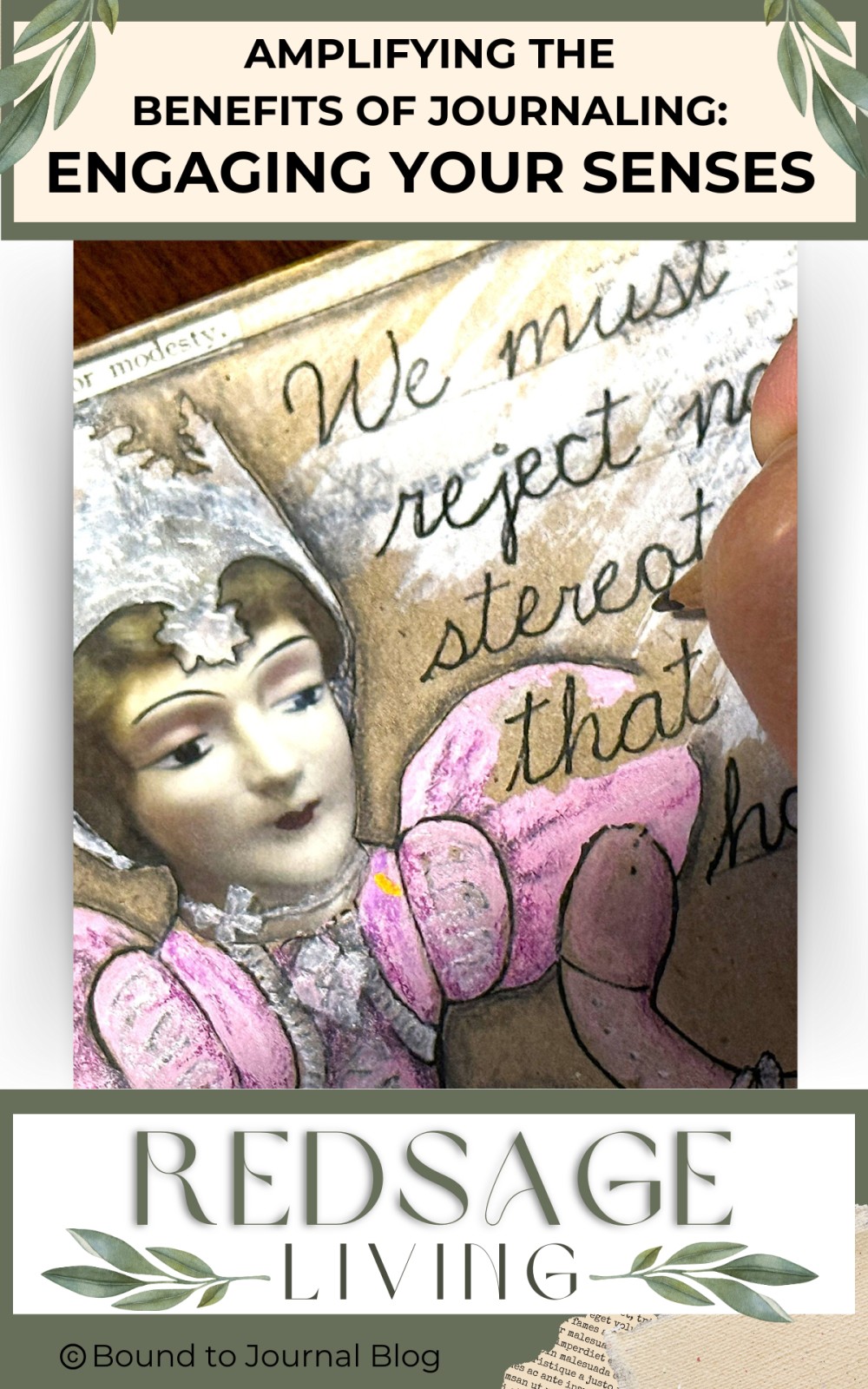

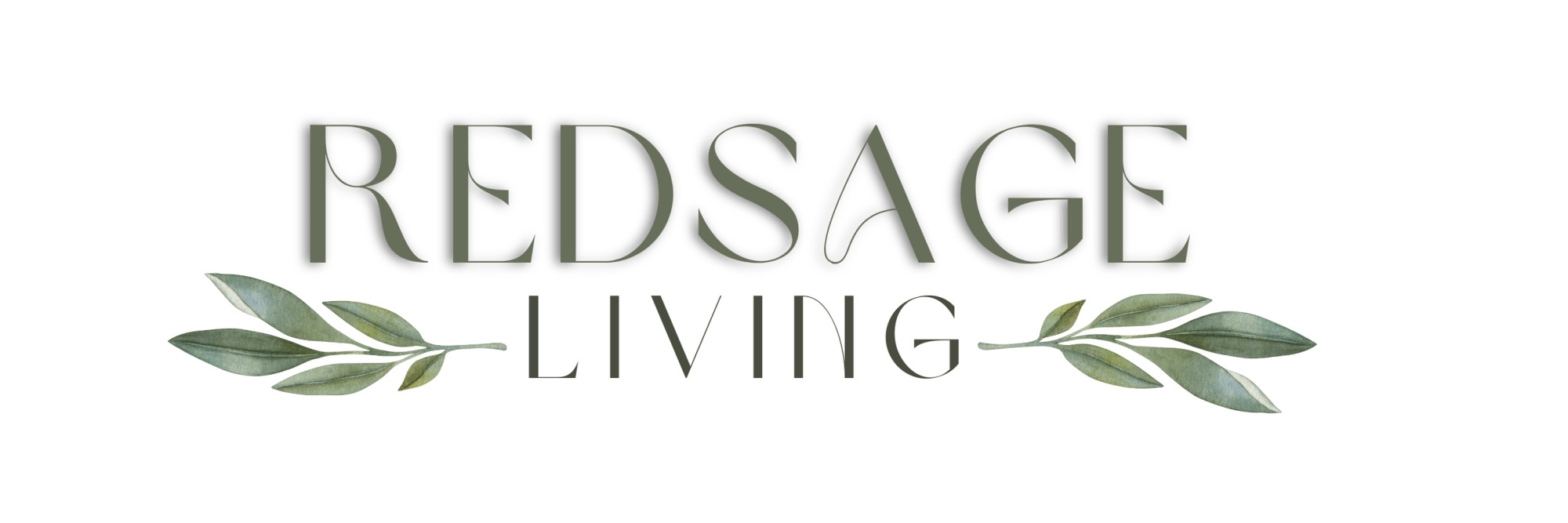
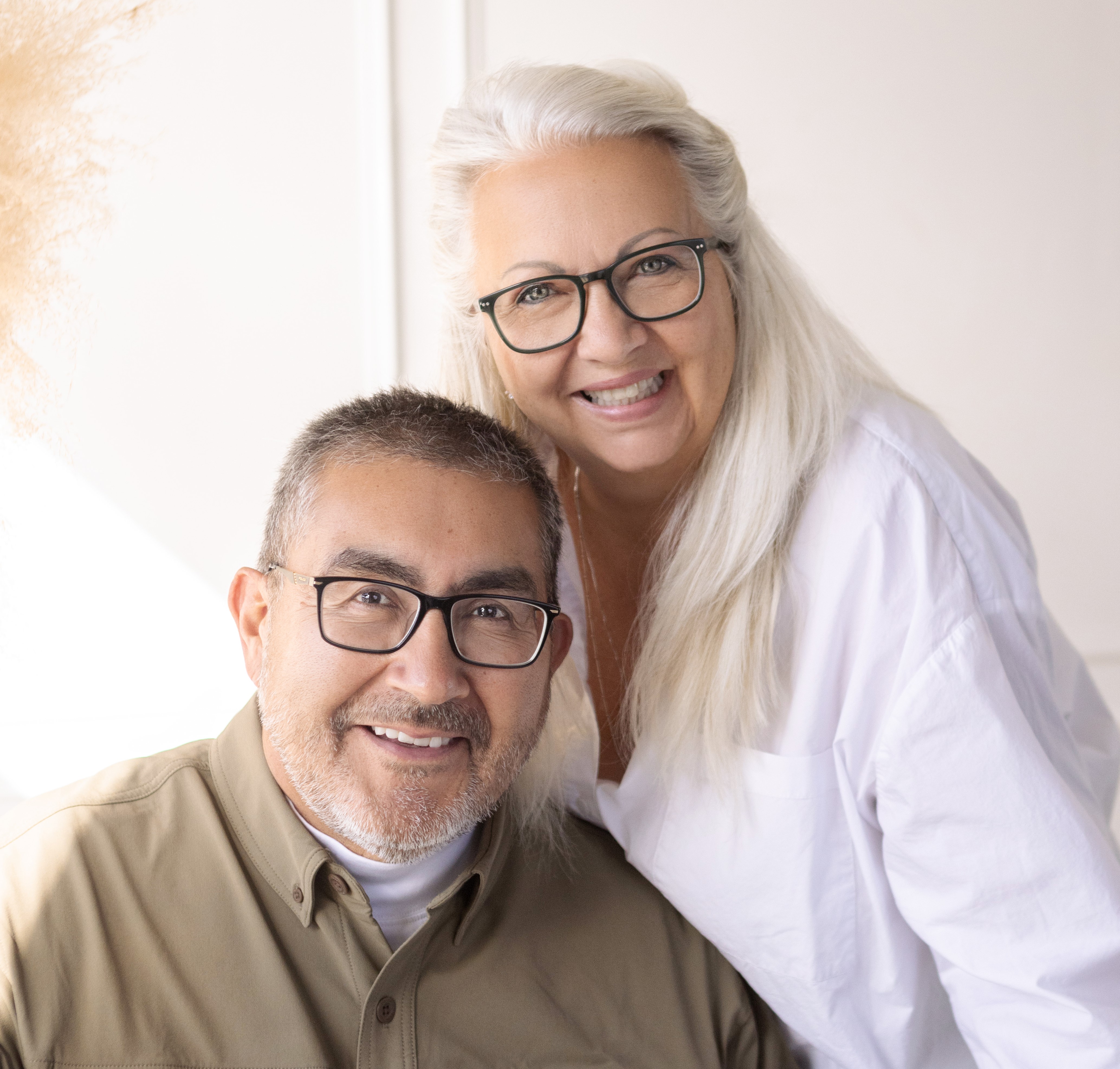
0 Comments